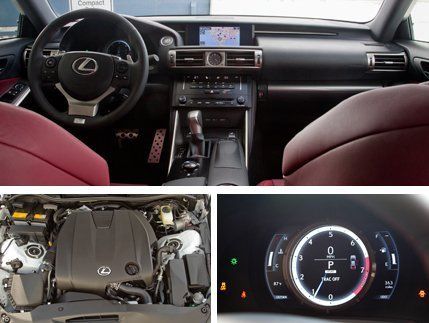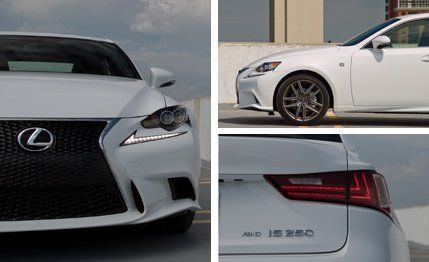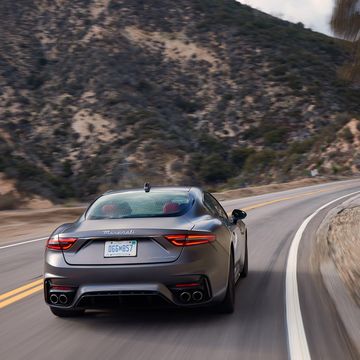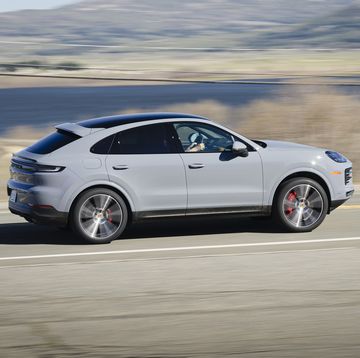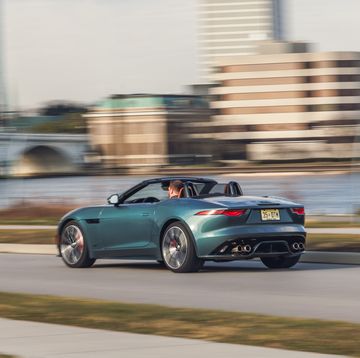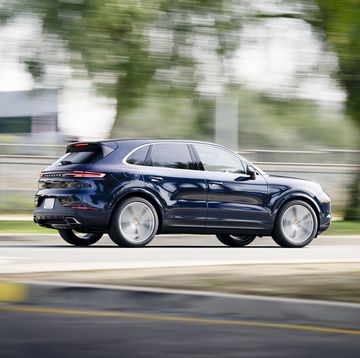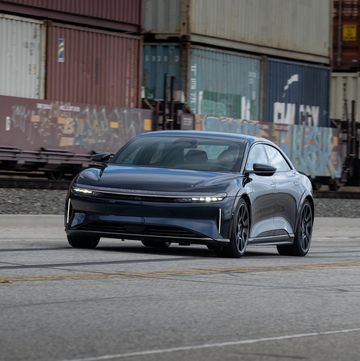Beware the fine print. It’s why your health club still dings your credit card even though you’ve returned to the couch with a tub of Chunky Monkey. Do you even know what the interest rate is on that Visa? Or what’s actually in Chunky Monkey?
Lexus’s order sheet may not be intentionally insidious, but you should closely study the ingredient list of the IS250 F Sport. Though it looks similar, it is not the same as the IS350 F Sport that we feted in our last sports-sedan comparison. While opting for the 2.5-liter V-6 means giving up a liter of displacement, that’s only the most obvious concession. Also missing are the quicker variable-ratio steering rack and the firmer adaptive suspension, neither of which is available with the smaller engine.
With just 204 horsepower, the IS250 is down 102 horses from the IS350’s 3.5-liter V-6. This wouldn’t be such a problem if our test car hadn’t been fitted with four-wheel drive, which lards the thing up to 3794 pounds. That’s 89 more than our winning rear-drive IS350. And that extra pair of driven wheels also necessitates a bulging trans tunnel protruding into the driver’s footwell.
Whether this IS250 F Sport is too heavy or just underpowered is a matter of perspective, but a 16.1-second quarter-mile time isn’t. It’s just slow. Speaking of perspective, to understand how the incongruity of a slow car with an F Sport badge came to be requires taking a Lexus point of view: F Sport is treated like an equipment offering, like the Luxury or Premium package. What you pay (in this case $2675) and what you get depends on which version of the IS you’re adding it to. Fie on those who do not parse the spec sheet.
Those who do will find anomalies, such as two separate automatic transmissions. Compared with the eight-speed found in the rear-drive IS350, the six-speed in our test car was lethargic in all endeavors except finding one of its two overdrive gears. At least you can shift it with the paddles. If you keep the revs above 3500, the intake and exhaust sing a nice duet.
There are other hints of potential. The brakes are firm and easy to modulate, and the steering wheel has a nice heft. But the F Sport’s 18-inch rims come wrapped in all-season tires (standard fitment for four-wheel-drive models), which routinely let down what we know to be a sound chassis.
Indeed, the best things about the IS250 are those that are unchanged from its BMW-beating brother. The obsessively detailed interior offers the same LFA-inspired instrument panel. The IS250 has the same perfect driving position as the IS350. The seats are ideally contoured such that an hour of driving is a reasonable stand-in for the chiropractic session your health insurance no longer covers.
Or does it? Better read the fine print.
Specifications


